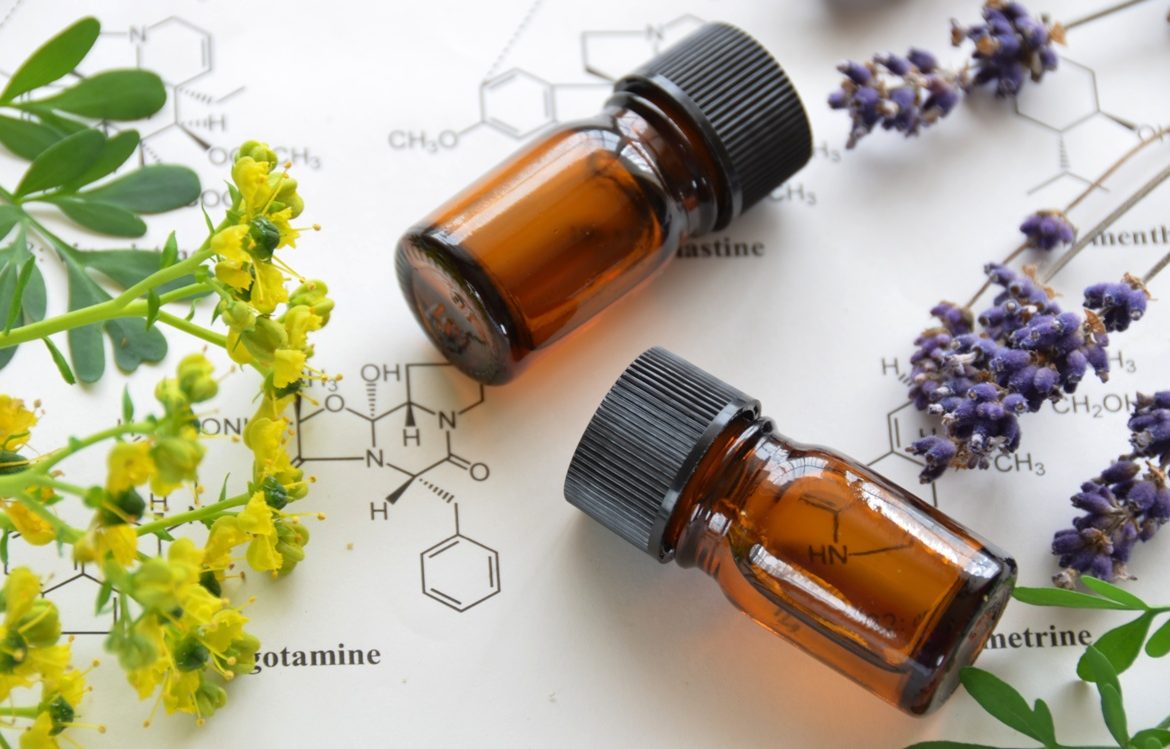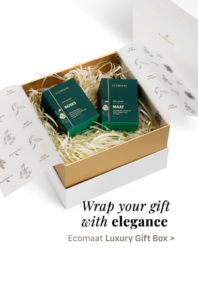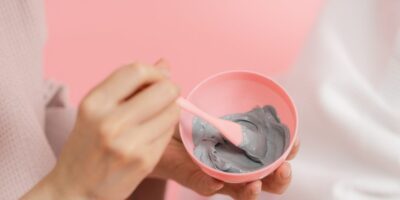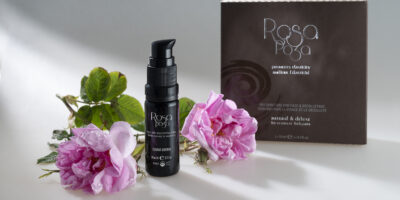
Interest in essential oils is becoming more serious, and the popularization of various therapeutic methods, including internal use, requires more information and generates more questions on the subject. The questions from users of Ecomaat products increasingly concern the topic of internal use and how safe it is.
With this article, we will try to bring some clarity to this direction, relying on the authoritative English aromatherapist Robert Tisserand and his extensive research in this field.
The Therapeutic Action of Essential Oils
Essential oils are a complex blend of 20 to 500 organic compounds (in our Bulgarian Rose Damascena, there are around 1300), with most of them present in less than 1%. The type, quantity, and synergy of these organic compounds determine the therapeutic properties of a particular essential oil.
There are several methods that allow for the precise determination of all these components – GC and MS – gas chromatography and mass spectrometry. Gas chromatography (GC) is a method for separating volatile compounds in essential oils into individual components (such as linalool, geraniol, etc.). Mass spectrometry (MS) identifies each of these components and their percentages.
Good Manufacturing Practices for the Benefit of the Consumer
Quality Standards for Essential Oils
A serious approach by each essential oil manufacturer requires analysis of each batch. If essential oils are produced according to good manufacturing practices, then the organic compounds, even if less than 1%, can be significant for their therapeutic properties. In Bulgaria, and internationally, there is still no body that certifies the therapeutic qualities of a given essential oil.
There are certifying organizations that determine the extent to which essential oils meet the requirements for quality and purity. Ecomaat products are 100% natural and meet the strictest requirements of the organic regulations EU 834/2007, USDA NOP and COSMOS standards: high level of certification, permissible only for products that contain 100% organic certified ingredients.
USDA ORGANIC is a certification by the United States Department of Agriculture, and producers with this certification adhere to the highest standards in plant cultivation according to the principles of organic farming, as well as in production technologies that exclude prohibited chemical substances and the use of harmful radiations.
Look for organic certified essential oils from plants and herbs grown according to the principles of organic farming. With them, the beneficial ingredients and therapeutic potential are guaranteed.
Unfortunately, not all manufacturing practices are good, and there are essential oils on the market whose purity and composition cannot be guaranteed. The presence of substances like biocides and phthalate esters as a result of certain production practices can increase the toxicity and negative effects of a given essential oil.
Quantitative Values of Active Components in Essential Oils
The International Fragrance Association (IFRA) provides a methodology for calculating the concentration of potential allergens in essential oils, both in cosmetics and household products. Recommendations depend on the type and application of the specific product.
If the product does not have the necessary current certificates, analyses, and content of active components aligned with the IFRA concentrations, promotional labels such as “pure,” “natural,” or “with pure therapeutic levels” would be incorrect and misleading for the consumer
Safe Application of Essential Oils through Inhalation
Another method of introducing essential oils into the body is through diffusion in the air – a very common and accessible method. When inhaled, the volatile substances of essential oils quickly pass from the nasal passages, sinuses, and trachea to the lungs. However, this is also a fast route for the active components to enter the bloodstream and from there, spread throughout the entire body.
This is precisely why the concentration, quality, type, and origin of the oils are extremely important, even when using them for diffusion! Because all the components of their production process – from the way the plants are grown to the extraction technology – are determining factors for their therapeutic properties and degree of toxicity.
Toxicity through inhalation is a newly emerging area of research, and even in already known and studied respiratory conditions, cause-and-effect relationships with inhaled substances are not fully understood. It is important to note, however, that inhaled aromatic compounds can trigger spasms in people with asthma and chronic respiratory complaints.
Long-term inhalation of essential oils, even in minimal amounts for non-therapeutic purposes, can cause similar reactions more than a short inhalation of a higher amount. This indicates that the duration of use is as important as the concentration. Overall, diffusion is safer than internal ingestion of essential oils!
Safe Application of Essential Oils on the Skin
Another method of using essential oils, perhaps the most enjoyable one, is through topical application or massage on the skin. Application on the skin is highly effective due to the small molecular size and the suitable lipid-water solubility of essential oils. They quickly penetrate the stratum corneum and reach the dermis, from there entering the bloodstream and spreading throughout the entire body.
Keep in mind that using undiluted essential oils on the skin may cause irritation, redness, sensitivity, and photosensitivity.
Skin reactivity to allergens is partly due to the genetic profile and the psychological stress of each individual. The mechanism of skin sensitivity is well-researched and generally involves the attachment of low molecular weight contact allergens, potentially present in the compounds of essential oils, to dermal proteins. Once the allergen binds to them, it becomes large enough to be recognized as a foreign substance. It is then transported through the lymphatic system to T-cells in the regional lymph vessels. This interaction triggers the release of histamine from mast cells to suppress the allergic reaction.
Factors responsible for side effects on the skin are the dose/concentration and the degree of absorption of the active substances from essential oils into the skin, as well as the reactivity between these substances and the immune system. The amount of absorbed essential oil during a full body massage can vary between 0.01 ml to 0.15 ml. For comparison, when ingesting essential oils internally within 24 hours, the quantity usually ranges from 0.1 ml to 1.3 ml.
Important recommendations for using essential oils:
> Choose products from companies with proven good manufacturing practices, with a track record of quality assurance, strict adherence to recommended concentrations of active components, and necessary certificates and analyses for each batch.
> Do not experiment and approach internal use of essential oils with special caution. It is highly recommended to be under the guidance of an aromatherapist or a practicing medical professional specializing in aromatherapy, who can prescribe individual treatments and monitor accompanying reactions.
> The dosage and concentration of essential oils are crucial regardless of the method of use – internal ingestion, inhalation, or topical application. With appropriate and safe doses, significant accumulation in any tissue of the body is highly unlikely.
> For specific groups of people, the use of essential oils is prohibited or should be applied with great care. These groups include children under 5 years of age, pregnant individuals, patients with chronic liver and kidney diseases, very elderly patients, and those undergoing radiotherapy.
Materials from Robert Tisserand’s book “Essential Oil Safety” were used in this article.
Learn more about the topic on the Tisserand Institiute website.
Authors of the article: Yordanka Krachmarova and Yavor Kolev
In case you have any questions about the products and how to use them – we will be happy to answer at hello@ecomaat.eu or on our FB page.



